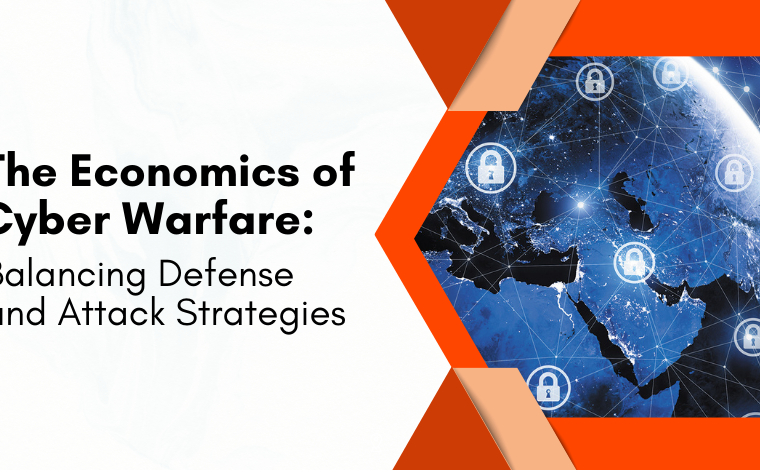What is GRC – Governance, Risk, and Compliance – in Cybersecurity
Stay Informed With Our Weekly Newsletter
Receive crucial updates on the ever-evolving landscape of technology and innovation.
In the rapidly evolving world of technology, the importance of cybersecurity cannot be overstated.
Last year, the average cost of a data breach reached $4.35 million, marking the highest average on record, while the average cost of a ransomware attack stood at $4.54 million—one of the most significant financial concerns in the field.
One of the key aspects of this field is the concept of GRC – Governance, Risk, and Compliance.
This article aims to provide a comprehensive understanding of GRC in the context of cybersecurity.
Defining Governance, Risk, and Compliance

Before delving into the details, it is crucial to understand what Governance, Risk, and Compliance entails.
In the realm of cybersecurity, these three elements work in unison to ensure that an organization’s information technology systems are secure, reliable, and compliant with regulatory requirements.
Governance refers to the strategies and policies implemented by an organization to ensure that its IT systems align with its business goals.
Risk, on the other hand, involves identifying potential threats to these systems and taking measures to mitigate them.
Compliance, the third element, involves adhering to the legal and regulatory standards applicable to the organization’s IT systems.
Importance of GRC in cybersecurity

GRC plays a pivotal role in the field of cybersecurity. It provides a framework that enables organizations to effectively manage their IT systems, mitigate risks, and ensure compliance with regulatory standards.
Without a robust Governance, Risk, and Compliance strategy, organizations are more susceptible to cyber threats, which can lead to significant financial and reputational damage.
The Role of Governance in cybersecurity
Governance is the cornerstone of any effective Governance, Risk, and Compliance strategy. It involves establishing policies and procedures that guide the management and use of an organization’s IT systems.
In the context of cybersecurity, governance ensures that these systems are secure and that they align with the organization’s business objectives.
Furthermore, governance involves setting up a framework for decision-making. This includes defining roles and responsibilities, establishing reporting lines, and setting performance metrics.
By doing so, governance ensures that the organization’s IT systems are managed in a transparent and accountable manner.
The role of risk management in cybersecurity
Risk management is another critical component of GRC. It involves identifying potential threats to an organization’s IT systems and taking measures to mitigate them.
In the context of cybersecurity, risk management helps organizations protect their data and systems from cyber threats.
Risk management involves conducting risk assessments, implementing risk mitigation strategies, and monitoring the effectiveness of these strategies.
The role of compliance in cybersecurity
Compliance is the third element of Governance, Risk, and Compliance involves adhering to the legal and regulatory standards applicable to an organization’s IT systems.
In the context of cybersecurity, compliance ensures that organizations meet their legal obligations and avoid penalties for non-compliance.
Compliance involves conducting regular audits to ensure the organization’s IT systems meet the required standards.
It also involves staying abreast of changes in the regulatory landscape and updating the organization’s policies and procedures accordingly.
Implementing a GRC strategy in cybersecurity

Implementing a GRC strategy in cybersecurity involves several steps. First, organizations need to establish a governance framework.
This involves defining roles and responsibilities, establishing reporting lines, and setting performance metrics.
Next, organizations need to conduct risk assessments to identify potential threats to their IT systems. Based on these assessments, they can implement risk mitigation strategies and monitor their effectiveness.
Finally, organizations need to ensure that their IT systems are compliant with legal and regulatory standards. This involves conducting regular audits and staying abreast of changes in the regulatory landscape.
Conclusion
Governance, Risk, and Compliance plays a critical role in the field of cybersecurity.
It provides a framework that enables organizations to effectively manage their IT systems, mitigate risks, and ensure compliance with regulatory standards.
By implementing a robust GRC strategy, organizations can protect their data and systems, improve efficiency, and achieve their business objectives more effectively.
To deepen your understanding of Governance, Risk, and Compliance in cybersecurity and effectively enhance your organization’s cyber defense strategies, consider exploring the Institute of Data’s Cybersecurity programs.
Alternatively, we invite you to schedule a free consultation with our team of experts to discuss our programs and your future in this critical field.




